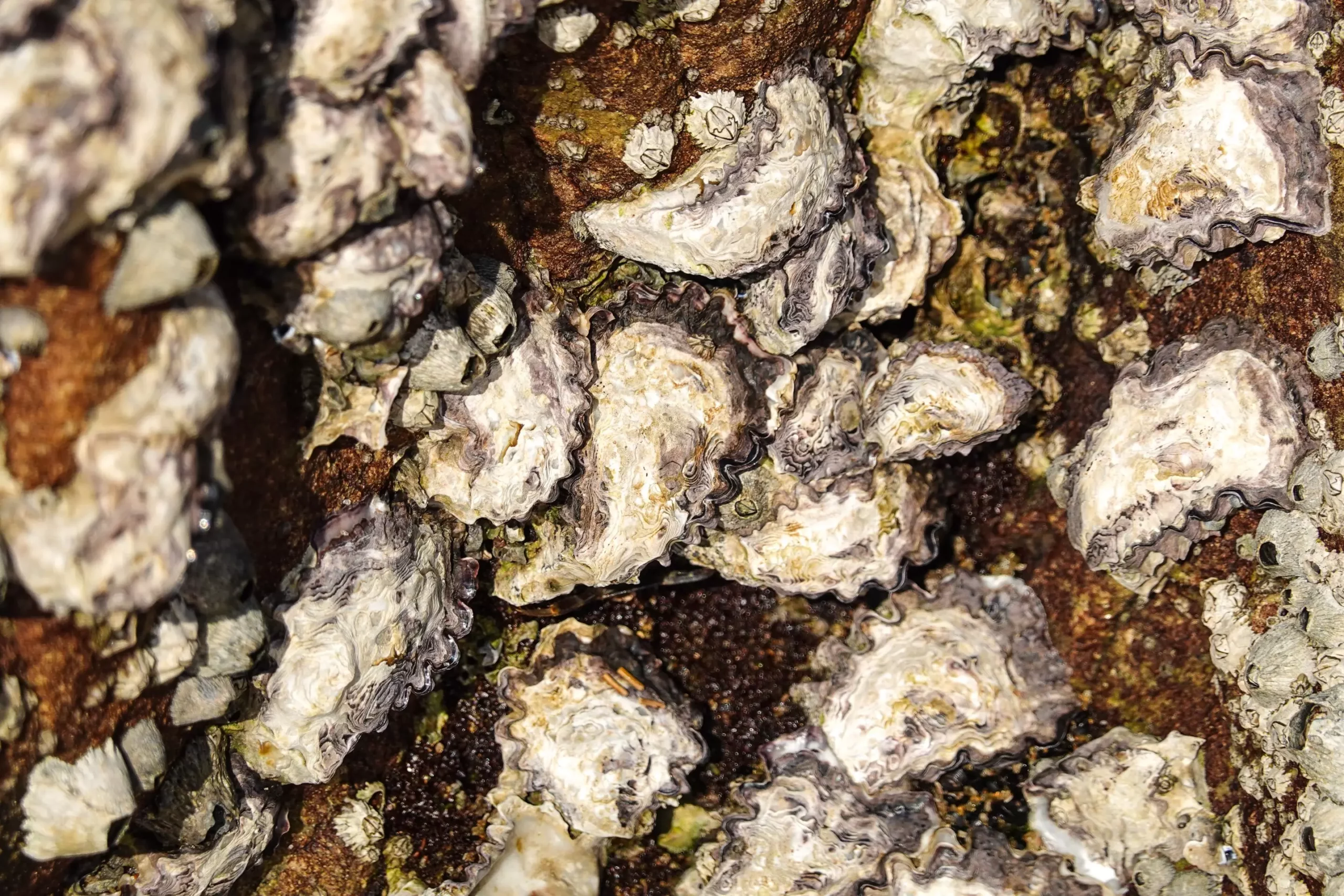When one thinks of oysters, culinary delights often rush to mind, particularly those served on half shells at upscale restaurants. However, the Etheria elliptica, a species of freshwater oyster found in African rivers and lakes, presents a cutting-edge perspective that transcends our taste buds. Recent breakthroughs in adhesive technology are revealing that the sticky substances produced by these oysters could forge new paths toward developing environmentally sustainable adhesives. This investigation encompasses a significant study conducted by an international research team utilizing the Canadian Light Source (CLS) within the University of Saskatchewan, unveiling a myriad of applications that could revolutionize industries from healthcare to construction.
The adhesive secreted by Etheria elliptica cows comprises a unique blend that is not only peculiar but also functional. It is primarily composed of aragonite, a mineral structured in a manner that exhibits varying hardness: soft on the outside yet progressively denser towards the core. This architecture allows oysters to affix themselves securely to surfaces like wood or other oysters, forming intricate underwater habitats called reefs. The discovery of this adaptable adhesive component opens doors for crafting innovative adhesive solutions that mimic these natural properties.
Rebecca Metzler, a prominent physics professor at Colgate University, emphasizes the significance of this natural glue, pointing out that while oyster shells are not identical to human teeth or bones, their similarities make a compelling case for potential applications in dental care. The structural integrity and composite nature of this adhesive can provide insight into creating biomedical adhesives that have less environmental impact compared to conventional synthetic alternatives.
Metzler’s research methodology involved extensive utilization of the CLS to determine the precise spectral properties of the oyster glue. The CLS equipped the researchers with both microscopy and an energy range necessary for studying samples at a molecular level. The resulting data indicates that the aragonite particles form into random crystalline structures, which possess unique attributes relevant for synthetic production in laboratory conditions. Moreover, corroborative data was also obtained from the Advanced Light Source (ALS) synchrotron, showcasing the collaborative effort that underscored this pioneering research.
This groundbreaking work reveals the potential to synthesize adhesives inspired by the oyster’s secretion, with targeted uses in various fields. These engineered glues could serve as effective binding agents for dental implants, replace harmful industrial adhesives with biodegradable versions, and even be utilized in underwater construction projects—each practical application underlining the need for more sustainable and eco-friendly alternatives.
Beyond the industrial potential, Metzler’s research carries significant ecological implications. As freshwater mussel populations, including Etheria elliptica, face alarming declines due to climate change and habitat loss, understanding how these oysters construct their reefs allows for better strategies for ecological conservation. The insights gained from investigating oyster glue can inform practices essential for protecting these organisms and the ecosystems they support.
Furthermore, a vital area of future research will delve into how climate changes impact recent samples of these oysters. Metzler expresses interest in determining whether physiological changes in the oysters may mirror the alterations observed across various species globally. This information is critical for developing sustainable harvesting practices, ensuring the balance between human consumption and ecological preservation.
The study of Etheria elliptica’s adhesive properties reveals more than just the potential for sustainable adhesives—it encapsulates a promising synergy between science and environmentalism. As researchers continue to decode nature’s complex materials, we may witness the transformation of industries through the lens of ecological conservation. By fostering a deeper understanding of natural systems, we can innovate solutions that honor the environment while meeting human needs, illustrating a path towards harmonious coexistence with nature. With each groundbreaking study, we inch closer to revolutionizing how we perceive and utilize the resources our planet has generously provided.

